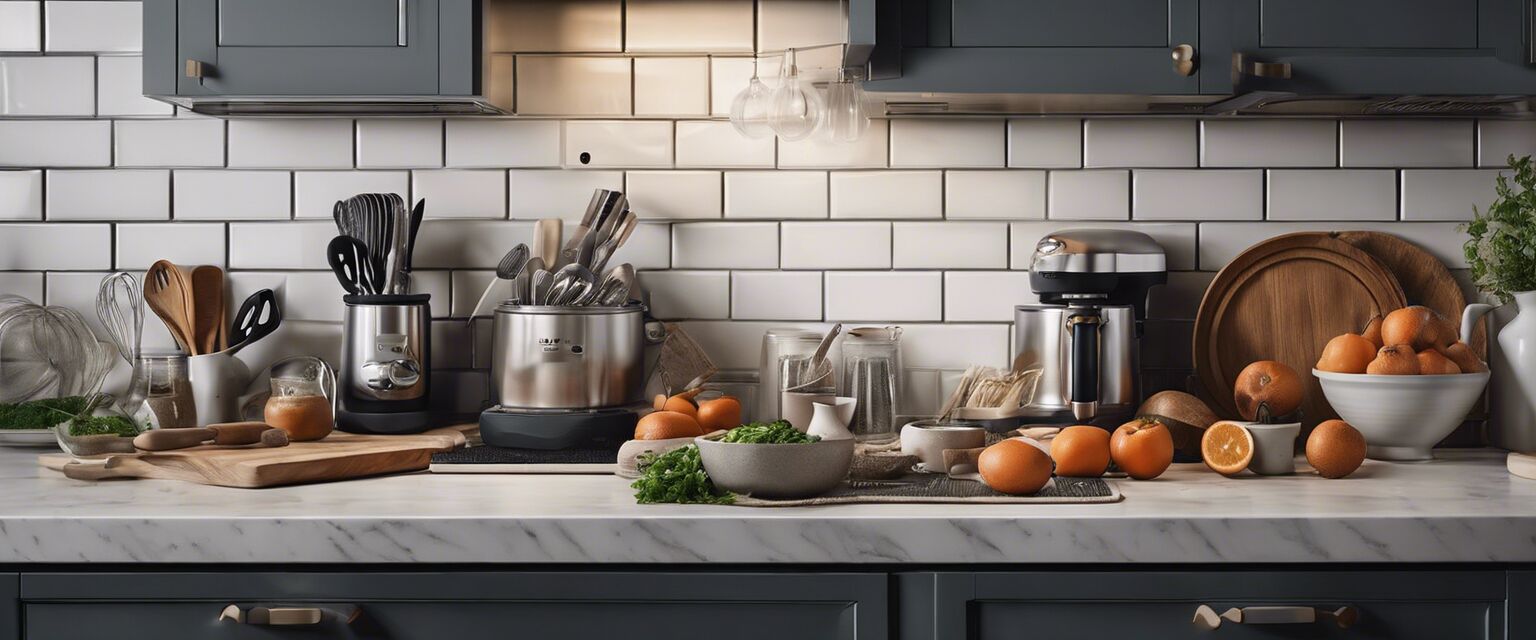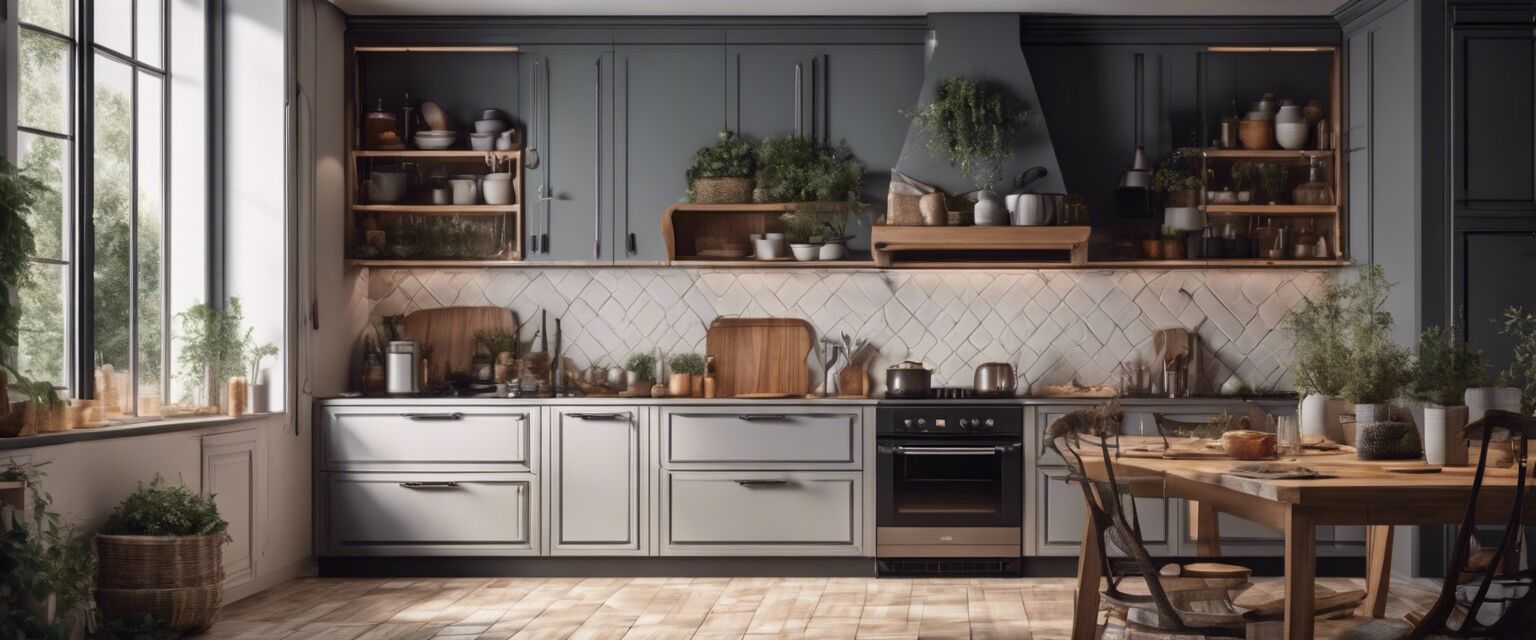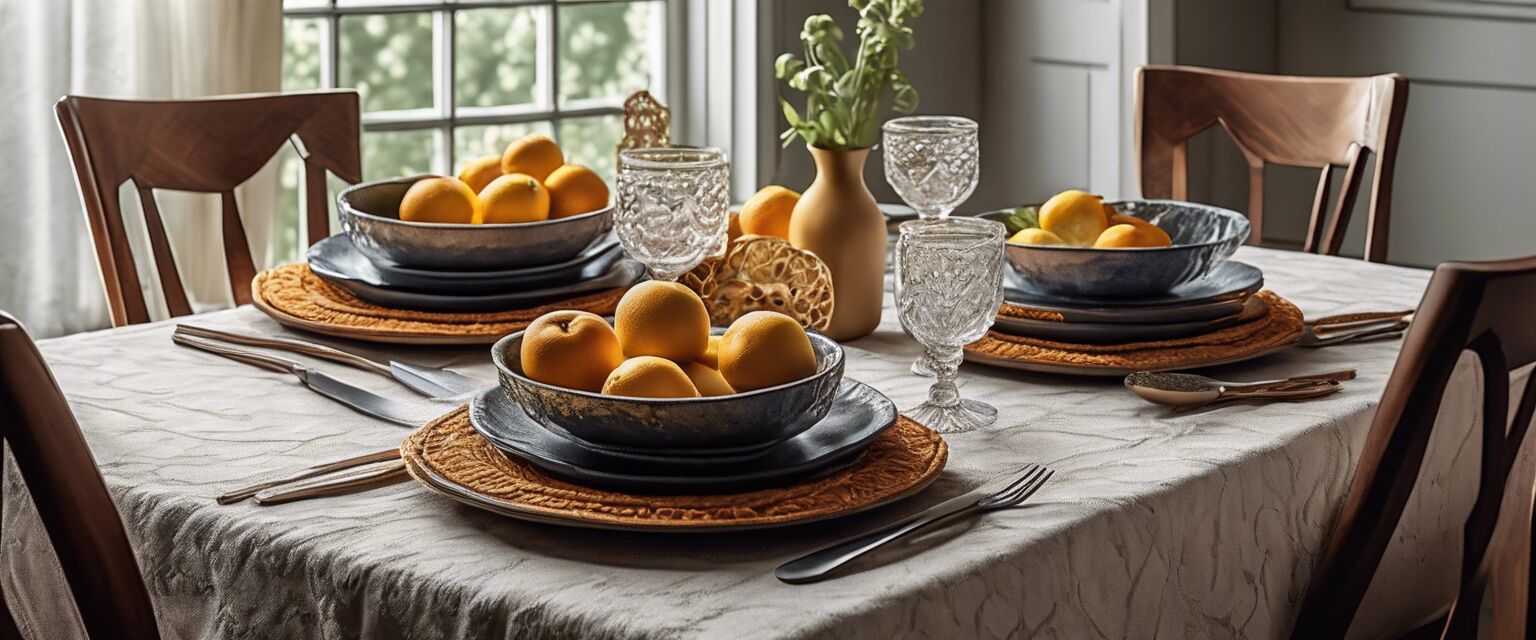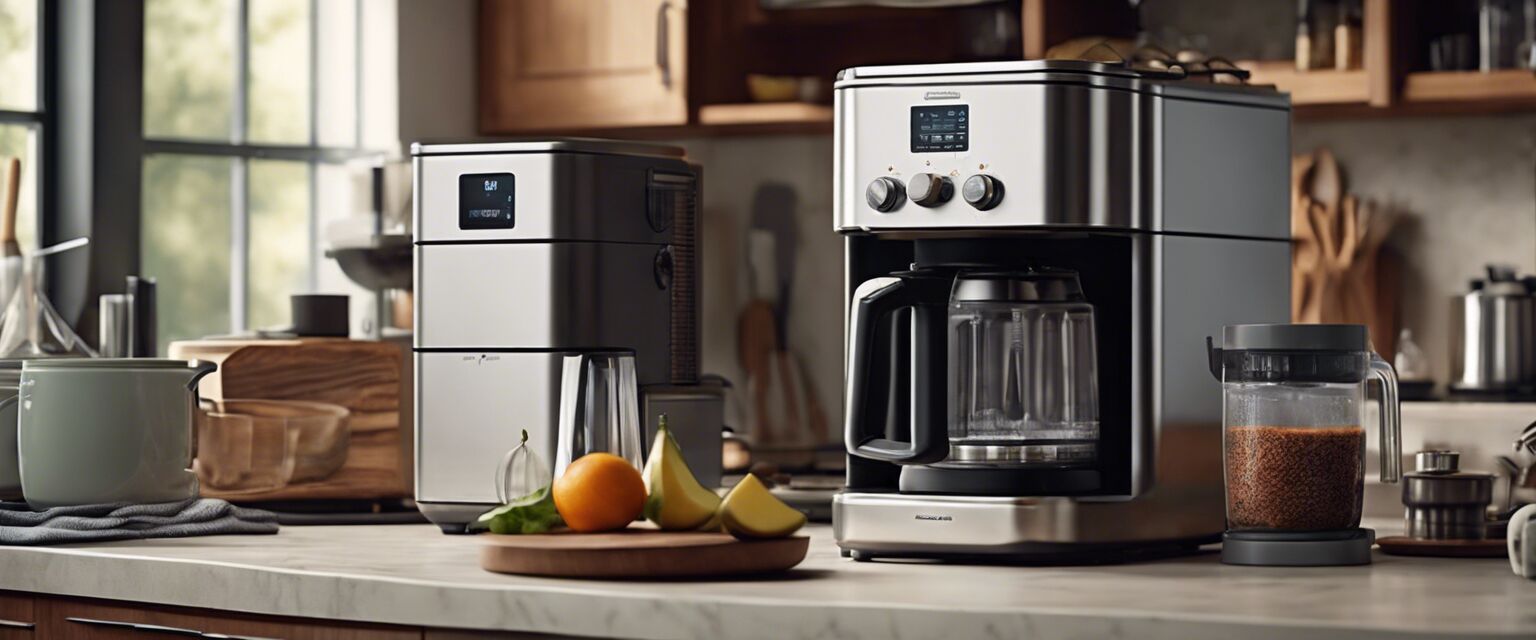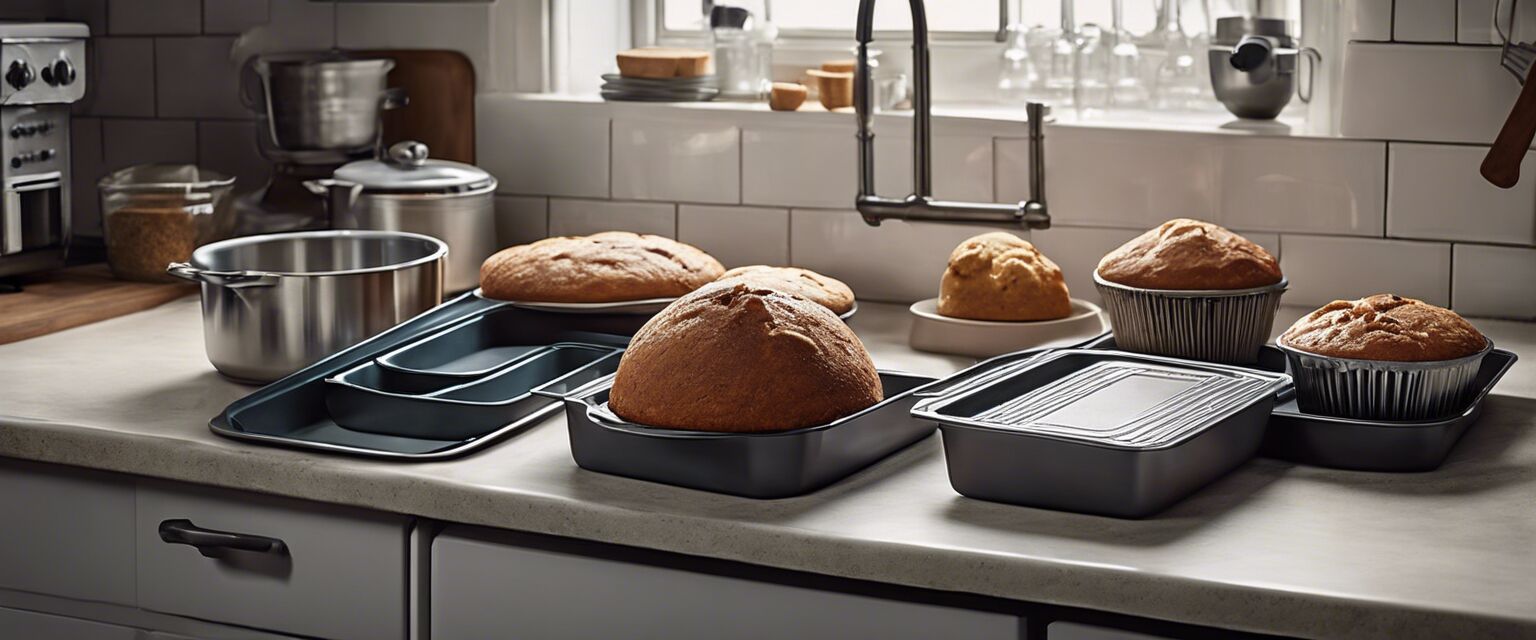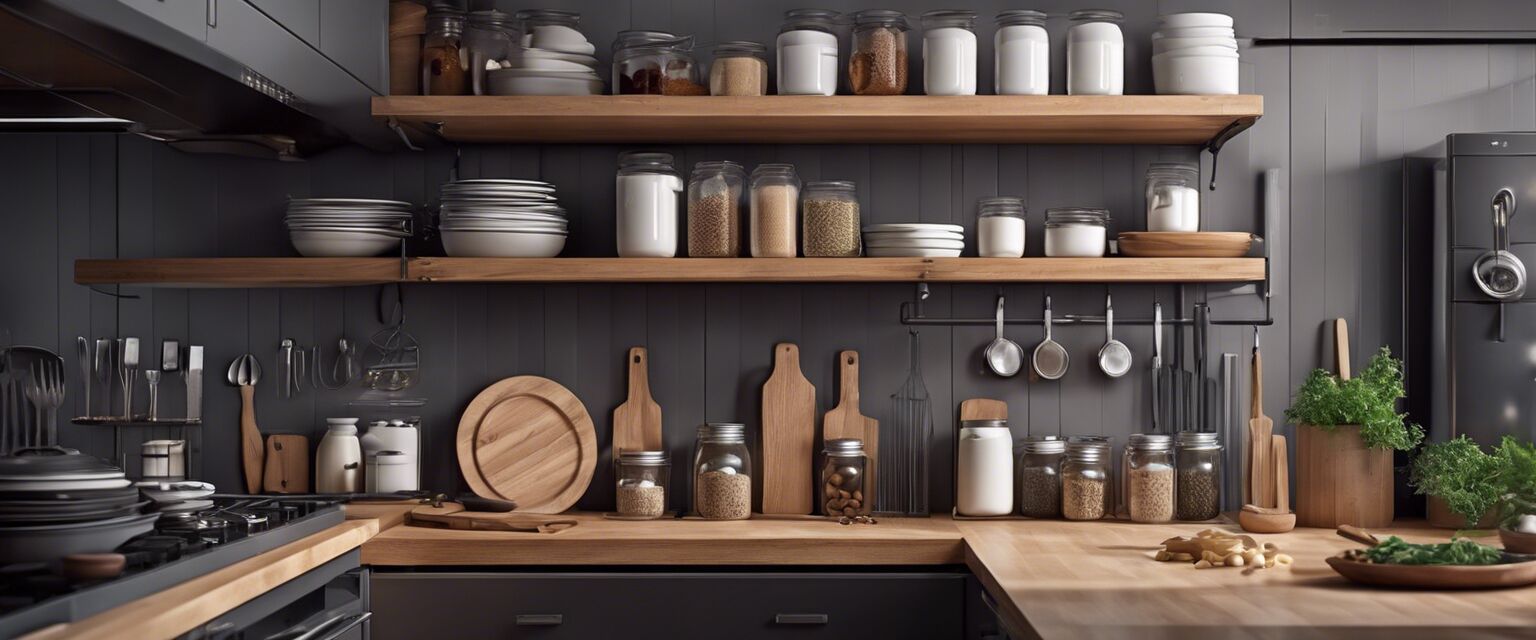
Storage and Organization
Key Takeaways
- Efficient storage solutions can minimize kitchen clutter.
- Utilizing vertical space is crucial for maximizing storage.
- Clear labeling helps in maintaining organization.
- Regular decluttering is essential for a functional kitchen.
- Incorporating multi-functional furniture can save space.
Optimizing kitchen storage and organization is essential for creating a clutter-free space. With the right strategies and tools, you can transform your kitchen into a functional and aesthetically pleasing area. Let's dive into some effective tips and product ideas that will help you achieve a well-organized kitchen.
Understanding Kitchen Storage Needs
Before diving into storage solutions, it's important to assess your kitchen's unique storage needs. Consider the following:
- Available space: Measure your kitchen dimensions to identify storage possibilities.
- Items to store: List the kitchen items you have, such as cookware, utensils, and pantry items.
- Usage frequency: Determine which items you use most often and need to access easily.
Effective Storage Solutions
1. Utilize Vertical Space
Maximizing vertical space is key to efficient kitchen organization. Consider these options:
- Wall-mounted shelves for spices and small jars.
- Hanging pot racks to free up cabinet space.
- Over-the-door organizers for utensils and cleaning supplies.
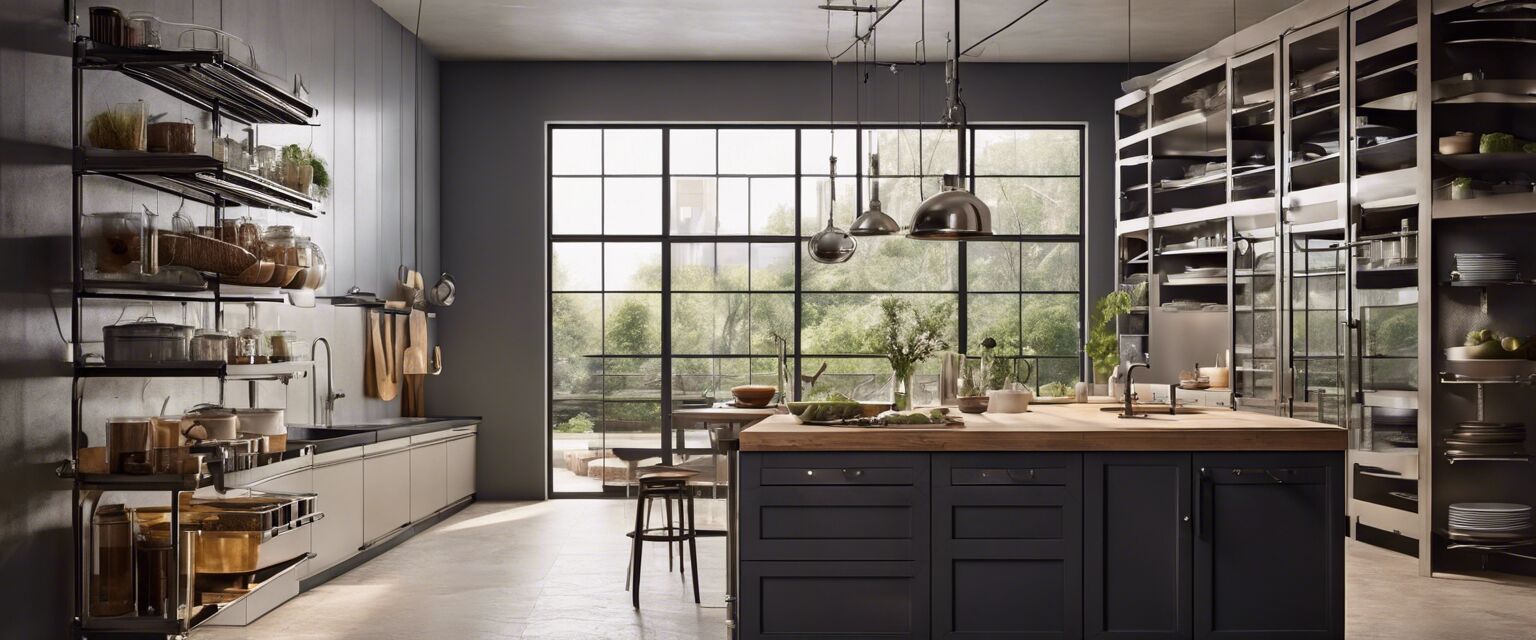
2. Drawer Organizers
Drawer organizers can help keep utensils and gadgets in order. Here are some types:
| Type | Description |
|---|---|
| Cutlery trays | Separate compartments for knives, forks, and spoons. |
| Expandable dividers | Adjustable organizers for varied drawer sizes. |
| Multi-tiered racks | Stackable storage for smaller items like measuring spoons. |
3. Clear Containers and Labels
Using clear containers can help you see what's inside at a glance. Consider these benefits:
- Easy identification of contents.
- Helps maintain freshness for pantry items.
- Labeled containers prevent confusion.
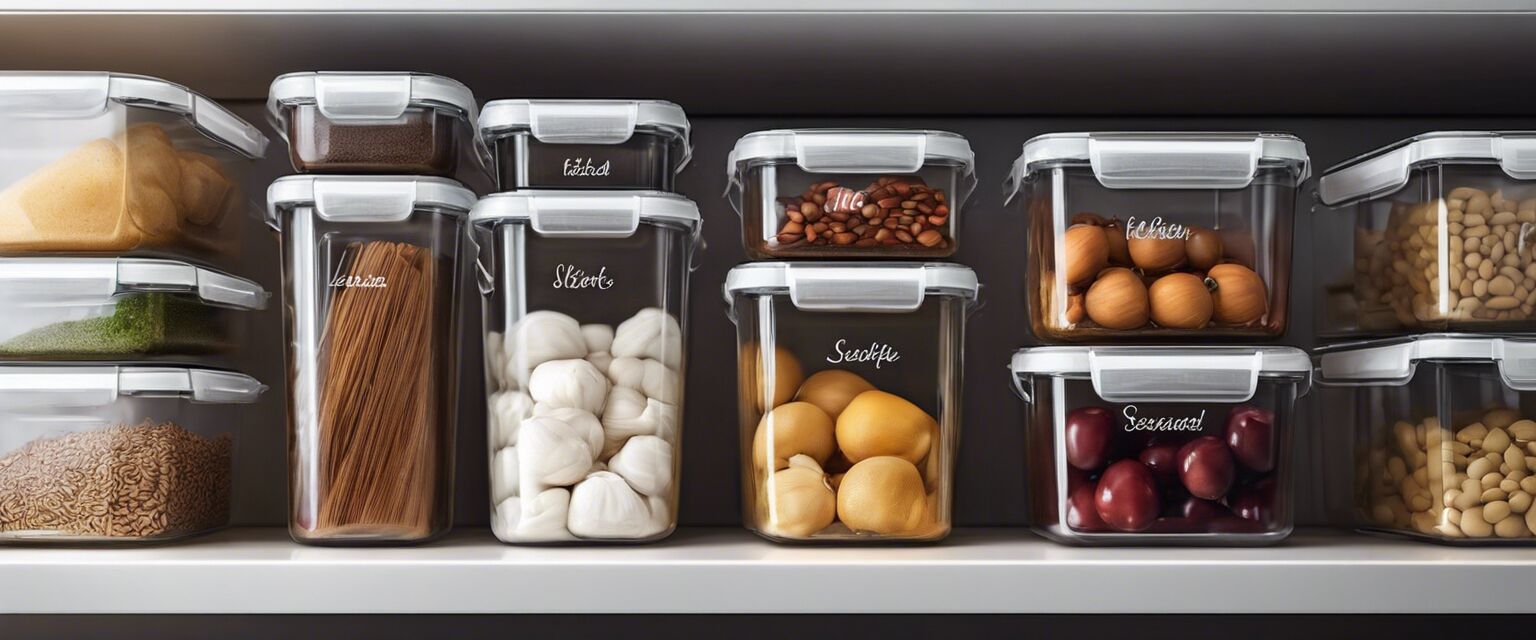
Smart Kitchen Tools for Organization
Investing in smart kitchen tools can significantly enhance your storage capabilities. Here are some suggestions:
- Storage bins for pantry items.
- Magnetic strips for knives and spice jars.
- Pull-out shelves for deep cabinets.
- Multi-functional gadgets that save space.
Decluttering Tips
Maintaining an organized kitchen requires regular decluttering. Follow these tips:
- Set a schedule for decluttering sessions.
- Evaluate items: Keep what you use and love.
- Donate or discard unused items.
- Implement a one-in-one-out rule for new purchases.
Creating a Functional Kitchen Layout
A well-thought-out kitchen layout can enhance both storage and usability. Here are some layout ideas:
| Layout Type | Description |
|---|---|
| U-shaped | Offers ample counter space and storage on three sides. |
| L-shaped | Utilizes two walls, creating an open space for movement. |
| Galley | Efficient for small kitchens, with counters on either side. |
Final Thoughts on Storage and Organization
In conclusion, optimizing your kitchen storage and organization can lead to a more functional and enjoyable cooking experience. By utilizing vertical space, investing in the right tools, and regularly decluttering, you can maintain a clutter-free kitchen that meets your needs.
Beginner's Tips for Kitchen Organization
- Start small with one area at a time.
- Invest in quality storage solutions that fit your style.
- Involve family members in the organization process.
- Make it a fun activity with a reward system.
- Stay consistent with your organization efforts.
Pros
- Increased efficiency in meal preparation.
- Reduced stress from clutter.
- Enhanced aesthetics of the kitchen.
- Better inventory management of kitchen supplies.
Cons
- Initial time investment for organization.
- Potential costs for storage solutions.
- Requires ongoing effort to maintain organization.
